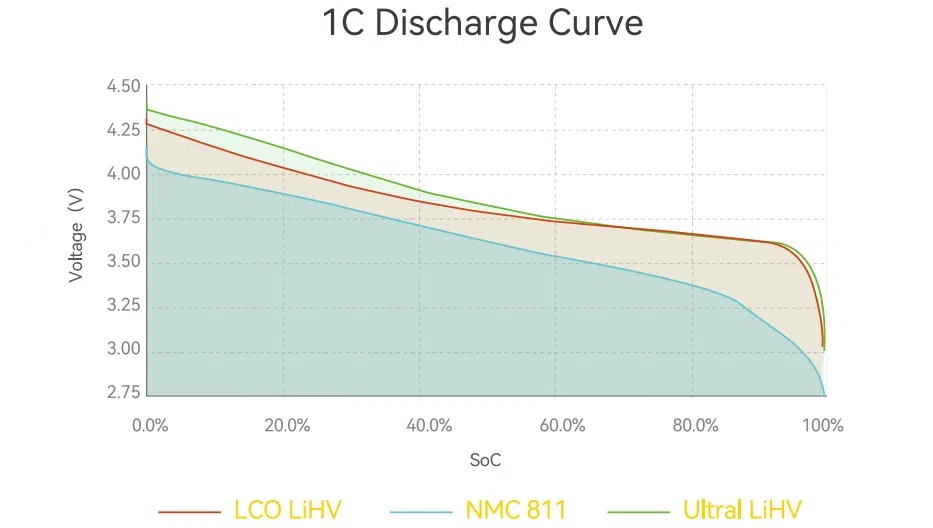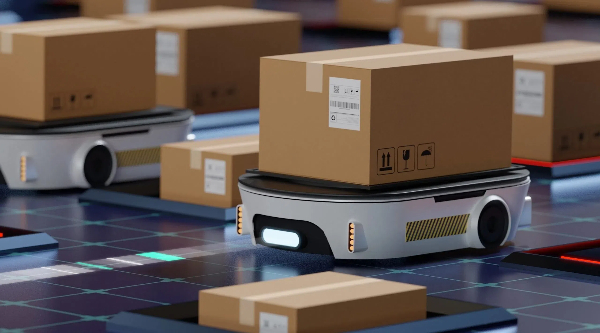How to use lithium polymer batteries more safely?
Summary: the article is one of the answers with the question “Why is there so much fear surrounding LiPo batteries?”, forwarded from Stack Exchange by Brian G, original link: Here
Introduction
To use Lipo batteries safely, you must treat them with the same respect you would anything that can store and rapidly release a large amount of chemical and/or electrical energy. The bigger the battery and the lower the internal resistance (e.g. higher C rating) the more you need to be careful. They can be used safely... just like gasoline can be used safely but to do so you must learn about how they operate and how they can fail. When you think about it, it's no surprise that, for instance, a Tesla battery has about the same level of risk as the gas tank it replaces... they both store a lot of energy that can be released rapidly when needed. Well actually, I lie somewhat because a Tesla battery only holds the energy of a tiny gas/petrol tank and it's got more safety checks built into it. I have safely used large Lipo batteries in high-performance R/C airplanes and helicopters (up to 90C batteries) for about 15 years (I was an early adopter.) Besides my own experience I have that of others in my clubs. I've seen packs fail in the past, but it's really rare now, because we've learned to use them with respect. Here's what I learned living life on the edge.)
Failure modes
The most common failure modes are:
physical damage (this causes them to short out internally)
overcharging (caused by faulty/bad charger)
overheating due to high discharge current (causes puffed pack or worse if the heat is really high)
The least common modes of failure I've heard of (but never witnessed) are:
spontaneous cell failure due to shoddy manufacturing that caused internal short (usually aggravated by physical shock but not always)
All failure modes list above can result in "vent with smoke" or "vent with flames". Newer LiPo batteries with less volatile electrolytes can "vent with smoke" but you can never be sure; so you have to plan for the worse case.
Standard Operating Procedure (SOP)
Here is the minimal standard operating procedure (SOP) for using a high discharge (any R/C pack is high discharge) bare lipo packs that I use:
Physical Protection
● cells must be protected from physical damage
● if your environment is rough, consider an R/C car hard pack (carbon fiber case around soft Lipo)
● cells must be inspected for physical damage before and after each use
● if any cell is physically damaged in any way, they should be moved to a fire-safe area and then slowly (1C) discharged down to 2 volts per cell or less, and then safely disposed of (no damaged cell should ever be considered safe again)
● do NOT transport damaged cells; treat them with the same respect you'd treat a firework whose wick you aren't sure is out yet and that could still go off at any time!
By the way, unlike what @metacolin wrote (another answer-er: here), it IS safe to discharge a Lipo to a low voltage and is the preferred thing to do before disposing of a pack. You want to remove all chemical energy from a pack to make it safe. What isn't safe is to discharge a cell below 2V and then to charge it. Charging a low voltage cell can cause Lithium to plate out making the cell unstable.
Charging (this is the most critical time for safety)
● do this away from anything flammable and that wouldn't suffer smoke damage (e.g. outside)
● always ensure that each cell is being individually monitored during charging; a quality R/C charger with "balanced" charging will do this
● check cell voltages before charging (a quality R/C charger will do this automatically), if any cell is below 3V, treat the pack with suspicion and balance charge it slowly to see if recovers
● if any cell voltage is below 2V don't charge (a quality charger will do this automatically); discharge the other cells and then safely dispose of the pack... once a cell goes below 2V, it's not safe to charge anymore because lithium metal can plate out and make the cell unstable during subsequent charging
● don't use a low-end charger that does have good voltage calibration
Discharging
● rapid discharging that builds up too much heat is a problem; see Heat discussion below
● over-discharging is safe... once; but don't ever charge again; see Charging discussion above
Heat
● ensure cells never get hot (due to rapid discharge, rapid charge, sitting in sun, etc.) 45 Celsius is the absolute maximum that I tolerate... but under 35 Celsius is much better
● don't discharge or charge cells that are too cold; warm them up first... cells work best from about 10 Celsius to 30 Celsius; lithium plating can again be a problem if they are used when they are too cold
Long life
● if you want your cells to last a long time (calendar) it's best to follow the 80/20 rule with Lipo batteries; that is don't discharge them below 20% capacity or above 80% capacity; this is what modern battery management systems (BMS) do (e.g. Tesla, iPhone, etc.)
● when batteries are in storage for more than a week, ensure they are balanced charged to about 60% capacity per cell (again, a good R/C charger can do this automatically for you.)
Final thoughts about your question
So, yes, if you develop safe SOPs and take actions to mitigate risk you could use a Lipo in your robot. Until you fully understand safe SOPs, I wouldn't even consider making your own charger or BMS. Smart people have spent years stuff like that. Otherwise, depending on your design needs, maybe a simple NiMh, SLA battery could meet your needs. However, even NiMh and SLA batteries they have their own SOPs to follow. For instance, NiMh cells can blow up due to pressure during charging if they are overcharged and their pressure valve fails. SLA's generate hydrogen gas! during charging... so they need to be well vented. Remember everything useful can also be dangerous. Lipo's are no worse than a chef knife, or an airplane wing full of kerosene. The trick is to learn how to use them all wisely.
Edit: Confronting misinformation
Myth 1
@metacollin writes that LiPo "anode and cathode experience significant mechanical strain"False ... Lithium Polymer cells are not under any significant stress during normal operation. This is why they can be packed in plastic pouches. But don't take my word for it. Watch this expert say it at 10:00. (Spoiler alert: he calls the effect "benign".)https://www.youtube.com/watch?v=pxP0Cu00sZs
P.S. I highly recommend watching the whole video if you want information from and expert (rather than somebody on here that pretends to be an expert.) NiMH or NiCd chemistry are in fact more dangerous in regards to strain/pressure build-up. Both can generate excess oxygen if they are overcharged. This is one reason why NiMh and NiCd cells are contained in round metal cans with safety vents and not plastic containers like LiPos. Read this spec. sheet for a full explanation:http://data.energizer.com/PDFs/nickelmetalhydride_appman.pdf
Myth 2
@metacollin, "They need protection circuitry to be safe, and they are not even remotely safe without it."True. However, what is important is that the complete system of batteries and charging work together to keep all the cells of a battery operating within spec. There is more than one way (topology) for this to be done:
1.Include a "protection" circuit per cell and don't rely on the charger or user to be within spec. The "protection" circuit does these things:
turn off cell (open circuit) if current goes too high
turn off cell if the voltage goes too low
turn off cell if the voltage goes too high
Because cell mounted "protection" circuits can only be of limited size, they generally are only good for low current scenarios.
2.Alternately you can use bare cells as long as you always use them with a smart balanced charger that:
refuses to charge if the voltage is too low
ensures charge voltage never goes too high
If you desire to fuse, you can place an appropriate fuse inline with pack. This is what R/C users do because they want batteries to be as light as possible and able to deliver high current.
The ultimate strategy is to use bare cells wired into a more complete battery management system (BMS). BMS's can have many different topologies based on what parameters you are optimizing for. BMS's can also do other non-safety related things like adding features (e.g. a state of charge gauge) and trying to increase the lifespan of the battery by controlling operating parameters.
Modern electric cars and electric bikes use BMS's (and not "protected" cells.) Additionally, modern consumer electronics with built-in LiPo's have switched away from using protected cells to using BMS's. E.g. iPhones, iPods, etc.
From a safety aspect, all these setups do the same thing as a complete system. They just do it in different ways because they are optimized to different parameters.
Learn more about batteries
Keep an eye out for Grepow’s official blog, where we regularly update industry-related articles to keep you up-to-date.
Grepow website: https://www.grepow.com/
Grepow Blog: https://www.grepow.com/blog.html
Related Articles
-

Basis of LiPo Battery Specifications
2024-11-21 -

Join Grepow at TAITRONICS & AIoT Taiwan 2024 to Discover New Innovations!
2024-10-19 -

What Batteries Are Used for AGVs and AMRs?
2024-09-30

















































